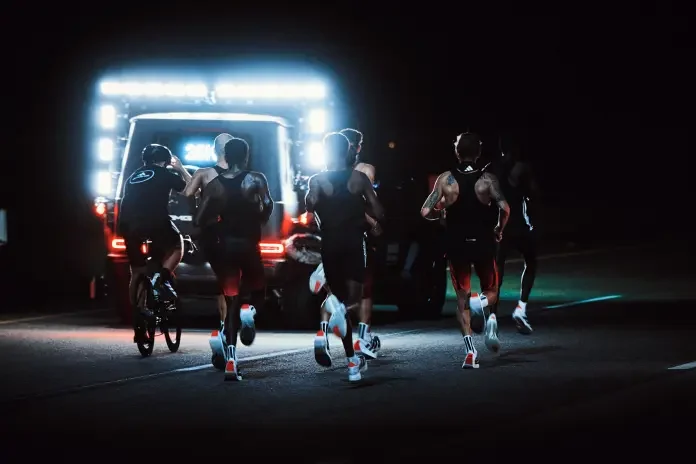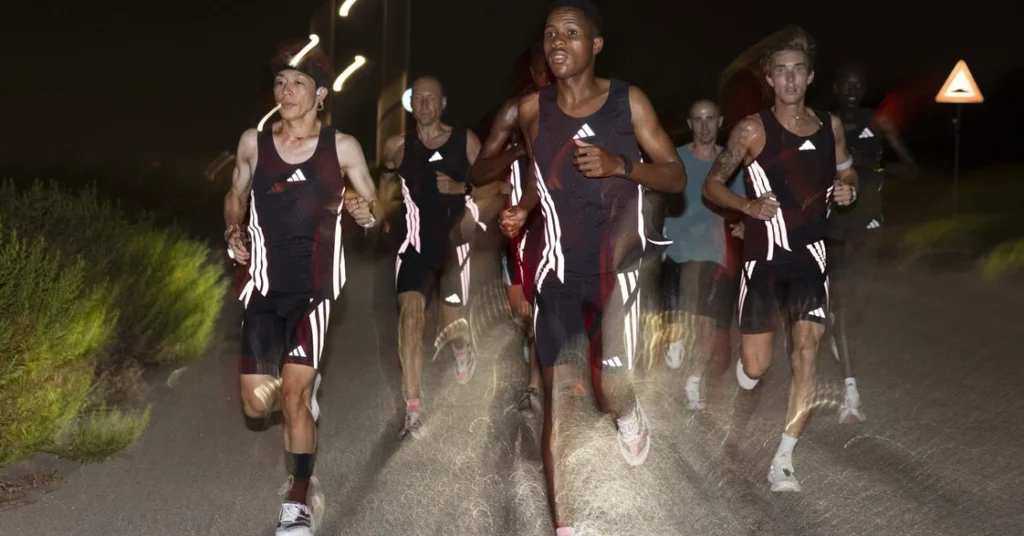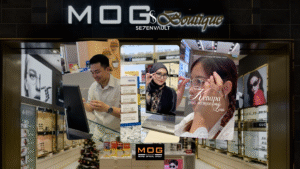Adidas Breaks the 100km in Under 6 Hours: What Brands Can Learn From Sports Innovation

In August 2025, South African runner Sibusiso Kubheka stunned the world by becoming the first human to complete 100km in under six hours during Adidas’ “Chasing 100” event in Italy. Clocking in at 5:59:20, the run didn’t just push the boundaries of endurance—it turned into a cultural moment that cemented Adidas’ reputation for innovation and bold storytelling. While the time won’t be officially recognized due to current regulations on footwear design, the marketing impact far outshined the technicalities.
1. What to Expect From the “Chasing 100” Campaign

Adidas built its campaign around the impossible. To break the six-hour barrier, Kubheka wore prototype Adizero Evo Prime X shoes, designed with advanced stack height and energy return technology. The event was staged at Italy’s Nardò Ring and streamed worldwide, blending athletic performance with digital-first storytelling. The setup mirrored a sports spectacle engineered for maximum resonance: live pacing, cutting-edge equipment, and global coverage. Much like a fashion runway, it was less about competition rules and more about showcasing the future of performance—an ambitious vision that captured imaginations across audiences.
2. Why It Matters for Brands

“Chasing 100” was never just about breaking records—it was about breaking into conversations. Adidas knew that whether or not the run counted officially, the story would travel. The dramatic achievement dominated global media, creating headlines and sparking debates around innovation, rules, and the future of sport. For brands, this shows the importance of building campaigns that go beyond the product. Adidas leveraged human achievement, emotional storytelling, and digital distribution to craft a narrative that people wanted to talk about. It’s a reminder that marketing impact is measured not in regulations, but in relevance.
3. Icons, Stories, and Cultural Resonance

At its heart, the campaign wasn’t just about speed—it was about storytelling. Kubheka’s run symbolized ambition, resilience, and the pursuit of limits, values that audiences connect with far more than product specs. This mirrors what events like KLFW achieve through cultural storytelling: blending heritage, innovation, and identity into moments that resonate. Adidas tapped into the universal human desire to see boundaries broken and dreams realized. By framing the run as a story of progress and possibility, Adidas made it relevant even to people who will never run a marathon, let alone 100km.
Final Takeaway: Beyond Records, Toward Relevance
Adidas’ sub-6-hour 100km run proves that the power of marketing lies in turning moments into movements. Consumers remember the story, not the stopwatch. For brands, the lesson is clear: focus on cultural resonance, craft narratives that inspire, and stay alert to the conversations that shape the world. This is why agencies like Sevenvault keep a close watch on the latest global campaigns, from sports milestones to cultural showcases. By understanding how brands like Adidas spark relevance, Sevenvault helps businesses translate trends into strategies that matter. Because in today’s world, success isn’t about keeping pace—it’s about setting it.
In a world where audiences crave belonging and authenticity, AniManGaki is more than just an event—it’s a reminder that culture drives connection, and connection drives impact.
See other case studies:
Eucerin Spotless Brightening Booster Serum KOL Campaign
Eucerin Spotless Brightening Booster Serum KOL Campaign To launch its latest innovation, the Spotless Brightening Booster

Eucerin Jeii Pong x Guardian June Activation: Tackling Acne with Authentic Storytelling
Acne and acne marks are more than just skin concerns — they’re challenges that affect confidence, lifestyle, and self-expression…

MOG X Sevenvault – HOYA Occupational Lenses
In a world where digital fatigue is the new normal, MOG partnered with Sevenvault..

Sevenvault x GSC – Creation of the Gods II: Demon Force Movie PR Initiative
In partnership with GSC, Sevenvault spearheaded the influencer engagement..

KTO X Touch n’ Go
When digital payment meets cultural discovery, the result is a campaign..

Fujifilm Instax Pal
When Fujifilm set out to launch their first-ever digital Instax camera..


